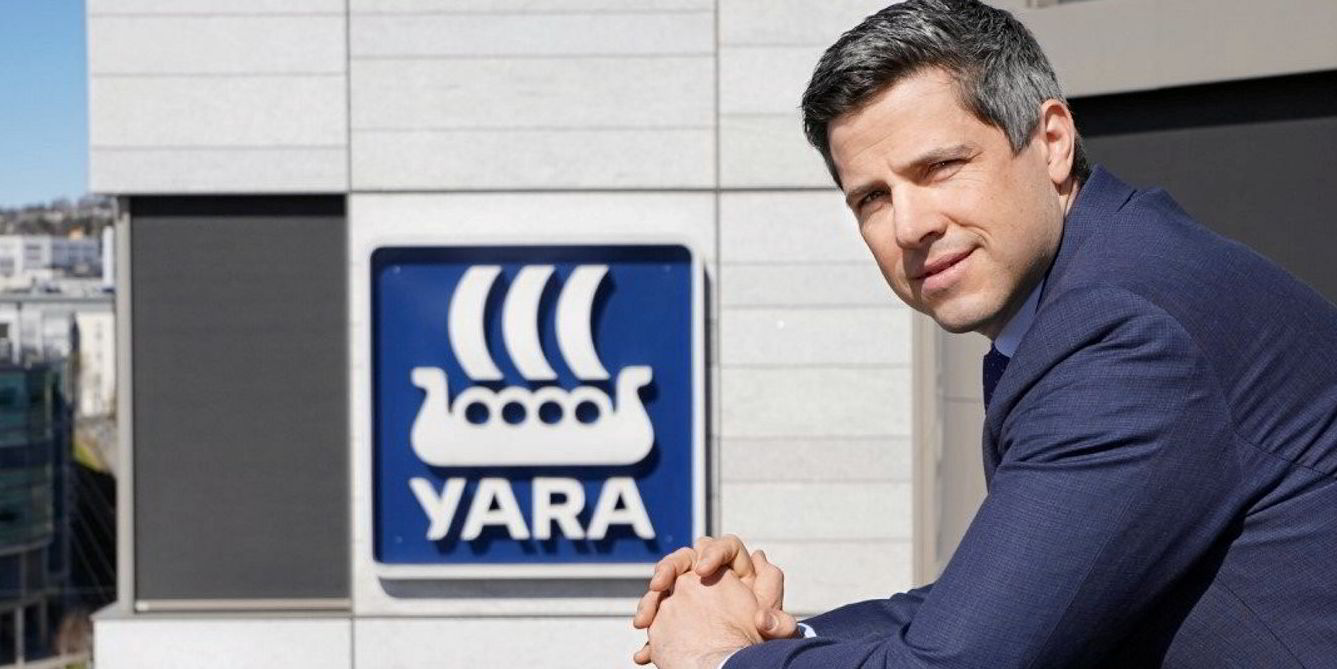Chemicals producers BASF and Yara Clean Ammonia (YCA) are collaborating on a big new blue ammonia project in the US.
They aim to develop and construct a “world-scale” production facility with carbon capture in the US Gulf Coast region.
The companies are looking into the feasibility of a plant with a capacity of between 1.2m and 1.4m tonnes per year to meet the growing demand for eco fuel.
The study will be complete by the end of 2023.
Norway’s YCA already operates the largest global ammonia network, with 15 ships and access to 18 ammonia terminals and multiple production sites.
The companies have successfully collaborated in the past and operate an ammonia plant at BASF’s site in Freeport, Texas.
“In line with YCA’s strategy, we are working systematically to develop asset-backed supply to decarbonise agriculture as well as serving new clean ammonia segments such as shipping fuel, power production and ammonia as a hydrogen carrier,” said YCA president Magnus Krogh Ankarstrand.
About 95% of the CO2 generated from the production process will be captured and permanently stored in the ground.
Oslo-listed parent Yara International said this week that it was delaying an IPO of YCA on valuation grounds.
The group argued that the attractiveness of its project portfolio surpassed its current market worth.
Yara also has major capital outlays planned from 2025 onwards.
YCA, set up in February 2021 to focus on green and blue ammonia, sourced, transported and sold more than 4m tonnes of ammonia in 2021.
Ebitda was $166m over the year to 31 March 2022.
- Grey or brown ammonia: Produced from fossil fuels.
- Blue ammonia: Produced using natural gas but with CO2 capture and storage.
- Green ammonia: Produced from hydrogen made through water electrolysis using renewable energy.
This month, the company revealed a cooperation deal with Danish ship fuel giant Bunker Holding, part of the USTC shipping group.
The collaboration will explore opportunities to supply clean ammonia as a marine fuel to first movers along key trade routes and at bunkering ports.




